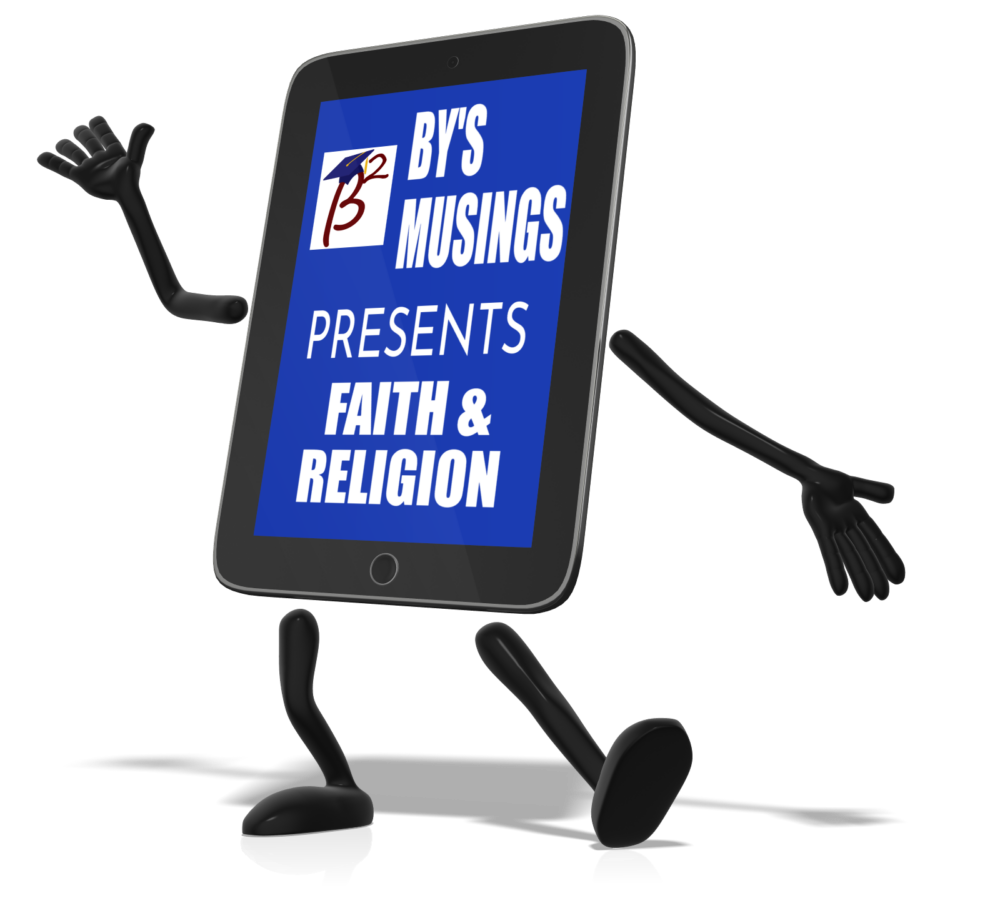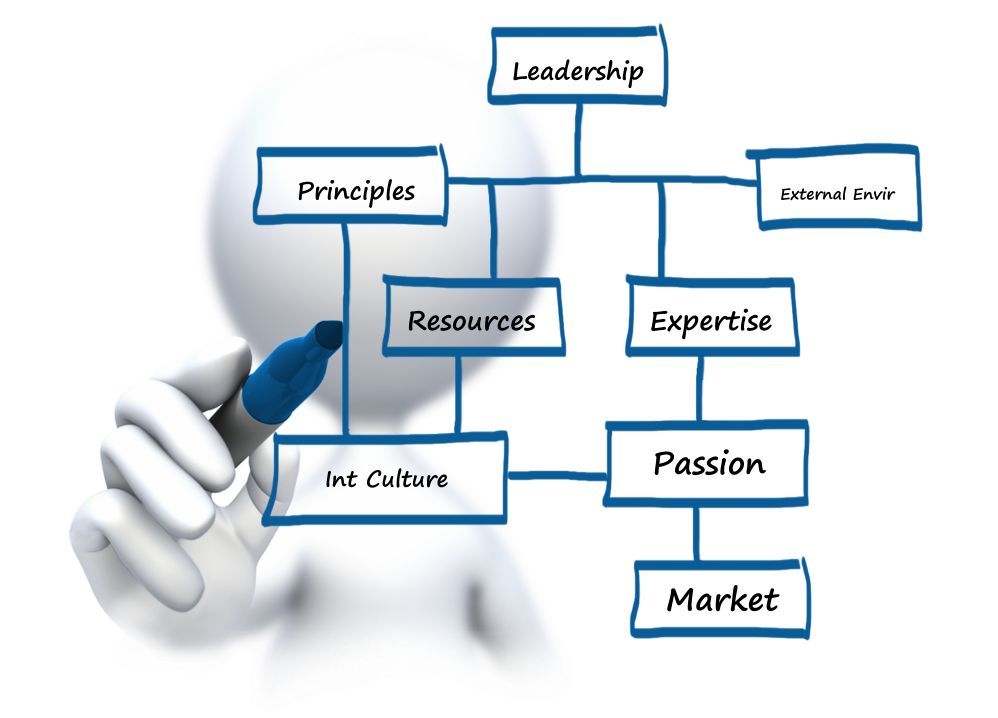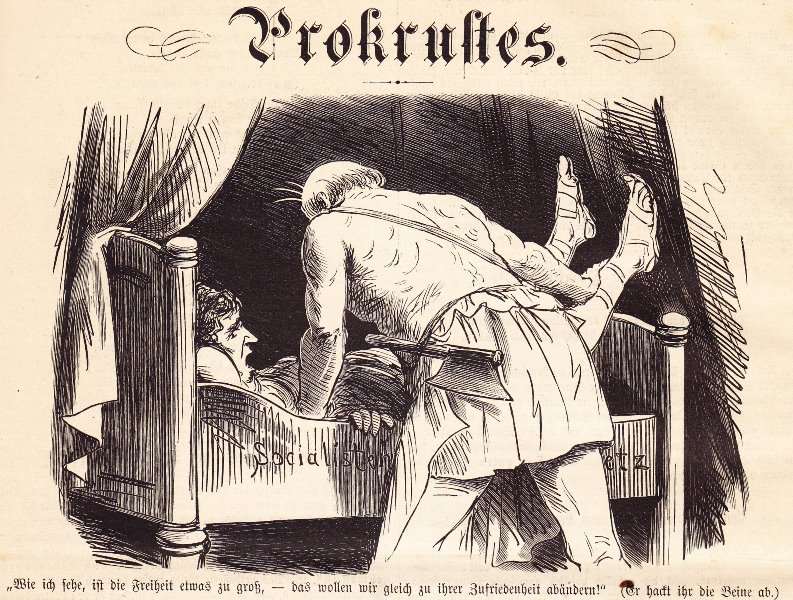
With this post, I was originally intending to roll out the new format of the Higher Ed By Baylis website. The collapse of my old website at first looked like a disaster. It has actually turned out to be something of a blessing in disguise. It has given me time to rethink my approach to, the purpose of, and the design of the website.

Unfortunately, the rollout is not ready and that makes me sick. I have no one to blame about this delay except myself. I am frustrated with myself for misunderstanding the set of instructions that my webmaster provided me related to the new process of adding and editing pages on my website.
So instead of celebrating a big reveal, I am reluctantly left with just giving you a rough sketch of what I have planned for the website. However, I hope that my enthusiasm for the new format will move you to stay in touch until the new site comes to fruition. Moreover, I trust these peeks behind the curtain will whet your appetite to visit and use the site when it is fully operational.
I want my posts to engender intense conversations about the topics presented. I have attempted to make it clear that I want those exchanges to become vigorous dialogues so that my readers and I may share our thoughts and beliefs on what we feel are very important topics.
I have also hinted that I intend to use the transformed Higher Ed By Baylis website in four ways. I hope to employ it as a research-sharing center, a distribution center, a publicity center, and finally a recruitment center.

First, as a research-sharing center, I will make available a database that I have assembled on more than 1600 American colleges or campuses that have ceased operations since 1950. Using the information derived from our investigations into the circumstances and reasons for their closures, Ron Burwell and I have written several articles summarizing our findings which will be available as downloads from the website.

Based on these results, we are suggesting that there are eight factors that contributed to the decline and fall of these institutions. For each of these eight factors, we are proposing a three-point organizational sustainability scale [Thriving=+1; Surviving=0; Dying=-1]. The website will include detailed descriptions of these scales.
Combining all eight scales generates a vitality/morbidity index (VMI) for an institution. Every closed institution in our database had a negative VMI. The question that immediately came to mind was: “Could this index serve as a dashboard “idiot light” to warn institutions that trouble lies ahead?”
In addition to my work on institutional sustainability, I am writing a number of manuscripts in the areas of education, preparation for career and college, faith development, and Christian discipleship. Until I can complete those manuscripts, I plan to use the HEBB website as a warehouse and distribution center for excerpts, previews, and chapters from manuscripts from these manuscripts.
As I noted in this blog more than three years ago, health concerns made me shut down the individual consulting and counseling portion of the work of Higher Ed By Baylis. Those health concerns still persist. Thus, I am forced to turn my attention to the production of in-person and webinars related to these topics.
The third use of the HEBB website will be as a publicity center for these programs and webinars. When I have videotapes and printed resources from these programs, the website will then be used as a distribution center for these materials.

The fourth use of the HEBB website will be centered on a new version of one of my big dreams. Five years ago I started talking to a number of former colleagues about the possibility of forming a consulting firm named The Watershed Collaborative (TWC).
This firm was to be unique within the consulting world. The name “The Watershed Collaborative” was derived from the concept of a “watershed” as a tipping point. When an organization faces a watershed decision, its choice can make a huge difference in the future success or failure of that organization.
TWC was fashioned after the idea of a big box provider like Walmart or Amazon. By building an army of experts in all areas of operations of organizations working together, TWC could address any problem faced by our clients. I was so confident of the expertise and caliber of TWC’s members, that I was ready to guarantee that our clients would be satisfied with their results. Every time I found experts ready to join me, new health problems would intervene. Thus, I had to momentarily shelve the dream.

I am ready to look at a new variant of The Watershed Collaborative. This time, I am proposing the establishment of a non-profit think tank. TWC would address policy and operational issues associated with higher education. Its members would produce white papers and substantial reports on significant educational topics.
I will use the HEBB website as a venue to recruit experts as contributing members of the collaborative and the funding sources necessary to power this dream.
Please stay tuned to By’s Musings for the announcement of the exciting rollout. In the meantime, next Tuesday’s post, Repurpose or Build Anew, is the first post in the Point versus Counterpoint series. It addresses the big question: “What’s the best way to make big changes in educational programs?”













































